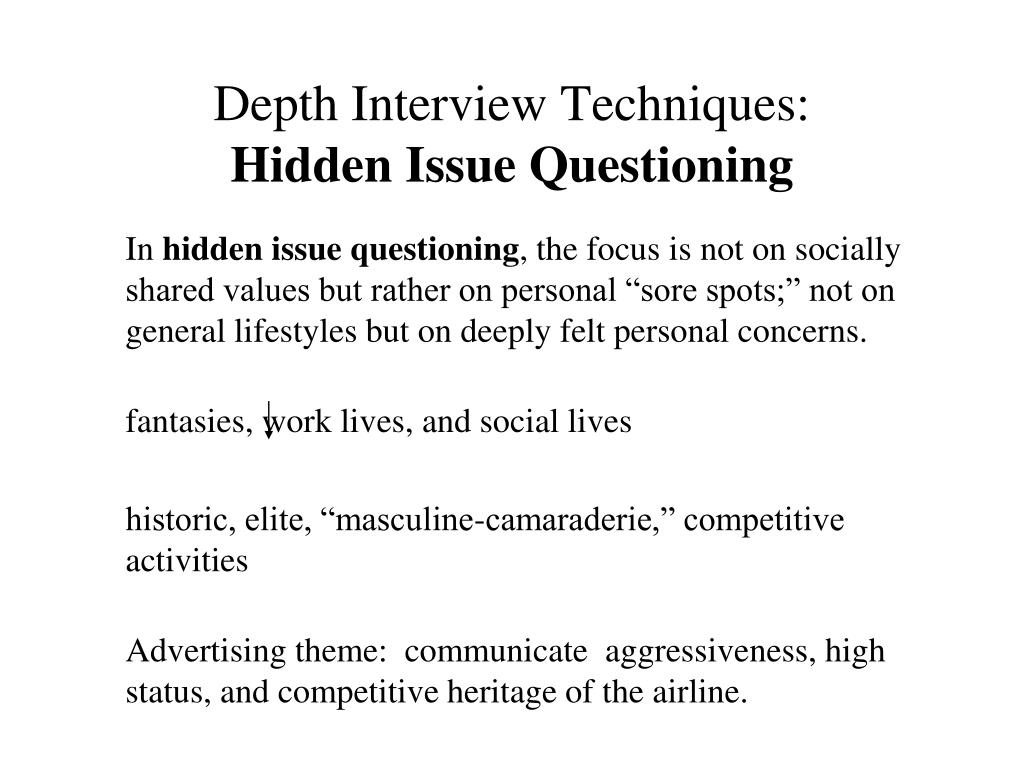

For a full description of the irrational biases in decision making, see Jonathan Baron, Thinking and Deciding, New York: Cambridge University Press, 1994. This is far from a complete list of all the flaws in the way we make decisions. This article aims to help rectify that omission by highlighting eight 4 4. However, the field hasn’t permeated the day-to-day world of strategy formulation. Thereby providing an easier route to making money than any hot stock tip.
#HIDDEN BUSINESS ISSUES HOW TO#
See Gary Belsky and Thomas Gilovich, Why Smart People Make Big Money Mistakes and How to Correct Them, New York: Simon and Schuster, 1999.

Likewise, behavioral economics has been applied to personal finance, 3 3. Some private equity firms have successfully remodeled their investment processes to counteract the biases predicted by behavioral economics. 47–57.Īnd bad investment decision making in particular. Keeney, and Howard Raiffa, 'The hidden traps in decision making,' Harvard Business Review, September–October 1998, pp. Schoemaker, Decision Traps: The Ten Barriers to Brilliant Decision-Making and How to Overcome Them, New York: Fireside, 1990 and John S. Insights from behavioral economics have been used to explain bad decision making in the business world, 2 2. As most of the theory underpinning business strategy is derived from the rational world of microeconomics, all strategists should be interested in behavioral economics. These implications of the brain’s inadequacies have been rigorously studied by social scientists and particularly by behavioral economists, who have found that the underlying assumption behind modern economics-human beings as purely rational economic decision makers-doesn’t stack up against the evidence. But whatever the root cause, the brain can be a deceptive guide for rational decision making. Equally, some of the brain’s flaws may result from education and socialization rather than nature. Some of them may have helped early humans survive on the savannas of Africa ("if it looks like a wildebeest and everyone else is chasing it, it must be lunch"), but they create problems for us today. Over the millennia of its evolution, it has developed shortcuts, simplifications, biases, and basic bad habits.

But the brain isn’t the rational calculating machine we sometimes imagine. Our understanding of its astonishing abilities increases. See Rita Carter, Mapping the Mind, London: Phoenix, 2000. As scientists uncover more of its inner workings through brain-mapping techniques, 1 1. Rather, it looks at one contributing factor that affects every strategist: the human brain. Why? What makes chief executives back them when so much know-how is available? Flawed analysis, excessive ambition, greed, and other corporate vices are possible causes, but this article doesn’t attempt to explore all of them. Yet the business world remains littered with examples of bad strategies.


 0 kommentar(er)
0 kommentar(er)
